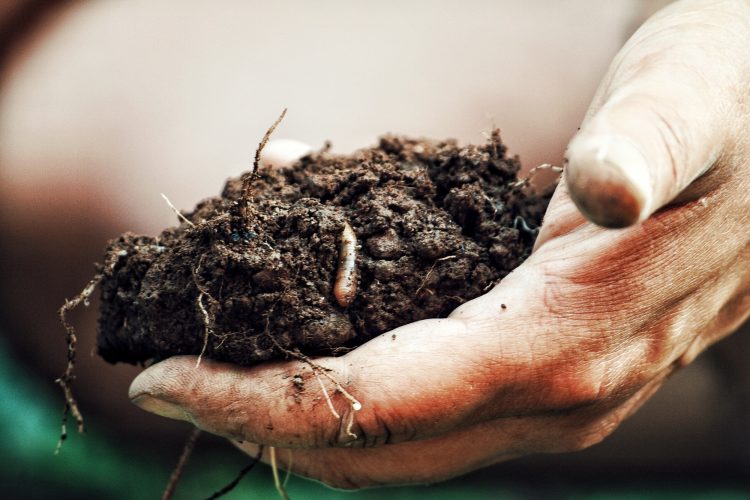You will experience something every fall (October) that is practically magical if you live in certain places
on the planet, especially the middle and eastern parts of the United States.

What is it?
It is the changing colors of the leaves on many different types of trees.

These trees (and every other tree that loses its leaves) are called deciduous trees.
What is a deciduous tree?

A tree that loses its leaves each fall and grows new ones each spring is said to be deciduous.

Each year deciduous trees go through a process in which their green leaves become bright yellow, gold, orange and red for a few weeks before turning brown and falling to the ground.
Why do leaves change colors?
Sort of, leaves change color when they are hungry.

The days are shorter (there is less daylight) and the weather gets colder as the seasons change in places where deciduous trees grow.

This makes it harder for the chlorophyll in the leaves to produce the food needed for them to stay green.
So instead of making more food, the leaves start using food they have stored away for this time of year.

A layer of cells forms at the bottom of each leaf when the leaves use the food (glucose) that has been stored away.
These cells are spongy like a cork.

Their job is to act like a door between the leaf and the rest of the tree—a door that closes very slowly and doesn’t ‘shut’ until all the leaf’s food is gone.

While this is happening the colors in the leaves of the trees are able to show through.
That’s right… the red, yellow, gold, and orange colors are hiding in the leaves all summer long.

The colors just can’t be seen in the summer because of all the chlorophyll in the leaves.
REMEMBER: Chlorophyll makes plants and leaves green.

Once all the food is used up, the leaves turn brown, die, and fall to the ground.





